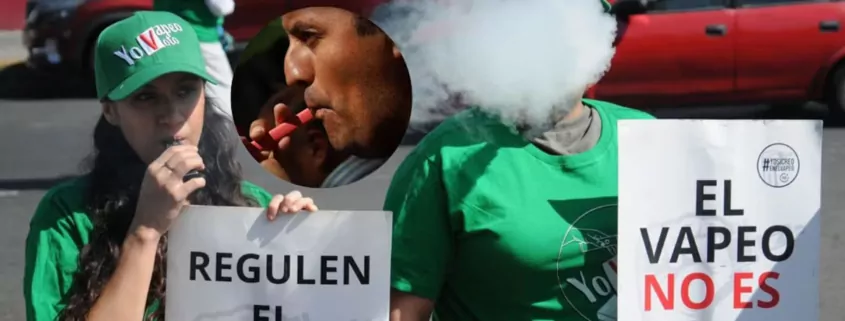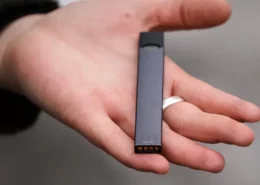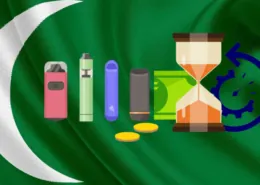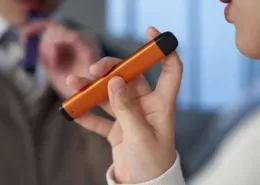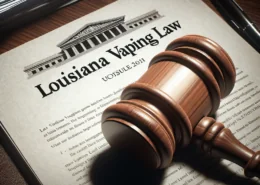Mexico Vape Ban Fails: Youth Usage Rises, Regulation Urged
Mexico’s recent ban on vapes and electronic cigarettes faces significant public disapproval. A study from El Colegio de México reveals that an overwhelming nine out of ten people believe the prohibition is failing. Data supports this sentiment, showing the ban correlates with increased illegal vape sales and rising nicotine consumption, particularly among young people.
National Health and Nutrition Survey statistics paint a concerning picture. Vape usage has climbed significantly over the last seven years. Current figures show 2.1% of the population uses these devices, a noticeable jump from just 0.6% previously. Worryingly, youth vaping rates are on the rise. The survey found 4.6% of adolescents currently vape, with another 3.7% admitting to past use. These numbers highlight the ban’s unintended consequences.
Experts Propose Comprehensive Vaping Regulation
In response to the ban’s shortcomings, the analysis by El Colegio de México proposes a shift towards a structured regulatory framework. This alternative approach focuses on control and harm reduction rather than outright prohibition. The experts outline a ten-point plan:
- Protect Minors: Implement strict age verification for sales in both physical shops and online platforms. Eliminate vape access through vending machines.
- Ensure Quality: Mandate clear labeling and enforce quality standards for devices and e-liquids, similar to cigarette regulations.
- Control Sales Points: Require authorization from COFEPRIS (Federal Commission for Protection against Sanitary Risks) for all vape retailers.
- Address Environmental Concerns: Ban disposable vape devices due to their environmental impact and appeal to younger users.
- Implement Fair Taxation: Reform the Special Tax on Production and Services (IEPS) to tax vape products based on nicotine content.
- Restrict Marketing: Limit advertising while ensuring adult consumers receive clear, factual product information.
- Regulate Ingredients: Prohibit harmful substances in e-liquids and establish safety guidelines.
- Enhance Traceability: Introduce health codes and tracking systems, like those for tobacco, to monitor distribution and prevent counterfeit products.
- Promote Informed Use: Ensure adult consumers can access reliable information about the proper and safer use of vaping devices.
- Limit Appealing Flavors: Regulate vape flavors, specifically restricting those known to attract underage users.
Black Market Flourishes Under Prohibition
The existing ban has inadvertently fueled a massive underground economy. Estimates indicate the black market for electronic cigarettes alone swelled by over 26.3 billion pesos in 2024. This illegal trade bypasses safety controls and tax collection, further complicating the public health challenge. Shifting to regulation aims to regain control and mitigate these risks.
Source: ¿Por qué fracasó la prohibición de vapeadores? Jóvenes usan más estos
- Is Vaping While Driving Illegal in New Mexico? - June 28, 2025
- Vaping Laws in New Mexico: Guide of Age, Flavors, Tax & Rules - June 28, 2025
- Vaping Laws in New Hampshire: A Comprehensive Guide for You - June 27, 2025

